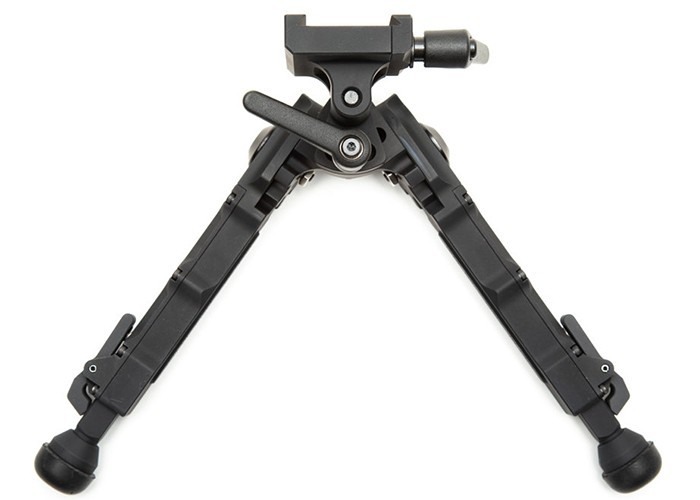What actually is an airbow?
Simply put, an airbow is nothing more than an airgun that fires arrows that are slid over the barrel. Mechanically, an airbow is identical to an airgun, the only difference being that the barrel doesn’t have rifling to fit a specific calibre of pellet or slug. In this case, the barrel is a thin, but tough rod onto which the airbow arrow is slid. Of course, this barrel is free-floating and the play between barrel and arrow is minimal. Most airbows feature their own specific arrows.
We’ve got airbows that are specifically developed as an airbow, but we also supply arrow barrel kits to replace the barrel on an existing airgun. There isn’t a difference in power or accuracy between the two.
What is an airbow powered with?
As the name says, an airbow uses air and not a string to fire the arrow, meaning it also doesn’t have limbs, which factually doesn’t make it a bow either. But as the name airbow has firmly set foot and won’t go away anymore, we’ll quickly move beyond this, although we can understand the confusion it can give some of you. An airbow can feature a reservoir for compressed air or can be powered by CO2. The first can be filled with a cylinder of compressed air or a pump, the latter will take CO2 cartridges.
Some airbows are regulated, which means the maximum pressure in the air reservoir is reduced to a lower -and with that more consistent- level. In effect, the first x-amount of shots will have the same power, thus the same speed, guaranteeing a very good accuracy. An airbow without a regulator and a full air reservoir will fire the first shot with the most power and the sequential shots will get a bit slower one by one, following a fixed pattern. This pattern makes it easy for shooters to anticipate.
Are the arrows the same as with a (cross)bow?
No, airbow arrows are hollow to be slid onto the barrel, and therefore they don’t have a nock. Other than that, they’re pretty much similar with an arrow head and flights/feathers. It’s purely the way the arrow is propelled that dictates the difference in construction of the airbow arrow.
Aiming accurately with an airbow
Because an airbow is similar in construction to an airgun, it uses the same aiming devices. Some airbows come equipped with open sights and almost all of them feature a scope rail such as a Weaver/Picatinny or dovetail rail to mount a rifle scope. But you can, for instance, also choose to mount a red dot or even a laser.
This is why you need to own an airbow
An airbow has numerous advantages compared to a bow and even has a lot of advantages compared to a crossbow:
- A normal bow requires quite some physical effort to draw the string to the required draw length, making aiming really hard and affecting accuracy. A crossbow has even more draw weight and requires more actions to cock and load. An airbow doesn’t require drawing, you only need to slide the arrow over the barrel and quickly pull the small cocking lever in same way as you would when cocking a pellet from a magazine. It’s quick and easy and the fact it’s almost effortless means your muscles are relaxed, making for a stable and smooth aim.
- The consistency in the power that an airbow delivers is many times greater that when using a normal bow, where the human factor will never reach the same level.
- An airbow is many times more powerful than a bow, and even more powerful than a crossbow. This results in a higher velocity of the airbow arrow and in effect, that will provide a flatter flight trajectory. Because of it, the height difference on varying distances will be less, making for a better accuracy. The higher speed will also mean a bigger impact.
- A normal arrow will, especially at the beginning, have a sideways movement in it that’s best described as ‘snaking’. Because it will be pushed away with quite some force against the nock at the rear, inertia of it’s mass will make the arrow bend before it gains speed, resulting in the resonating ‘snaking’ motion in its flight. An airbow arrow will receive its push inside the shaft, right behind the arrow head, so there won’t be any bending as the arrow is pulled, so to say, rather than pushed. This will result in an even higher velocity and, again, a better accuracy.
- An airbow is extremely compact. No high or wide limbs to hinder you in your movement or to catch wind. The only dimension worth noting is its length.
When using a bow or crossbow, you always need to take of the bowstring to prevent the limbs from losing their power when stored. An airbow doesn’t need all that and is therefore always immediately ready to use.

















